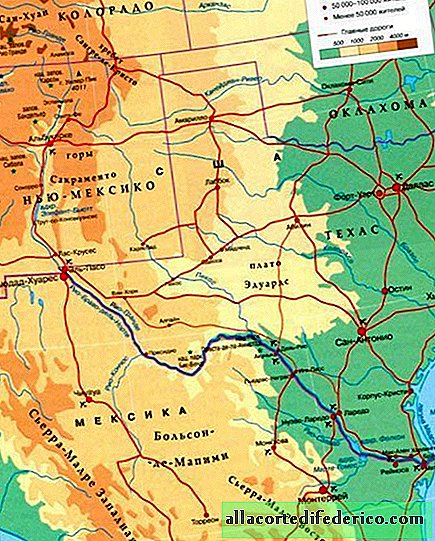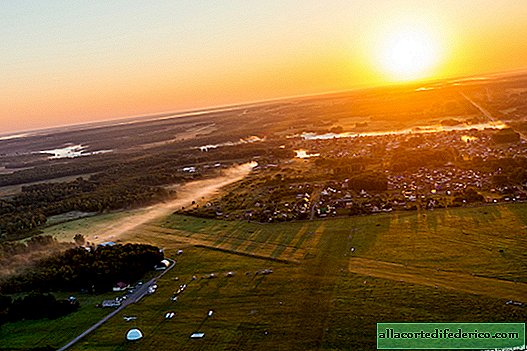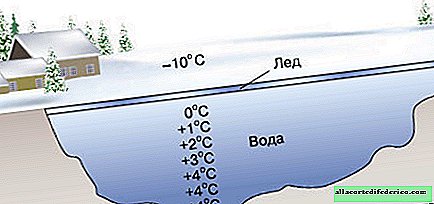The tragedy of the Rio Grande: the great river that the United States and Mexico have dried
Once upon a time, the stormy Rio Grande River flowed on the border of the United States and Mexico, which translates from Spanish as the “Great River”. She carried her waters across the expanses of North America, bestowing life and forming a fertile delta when it flows into the sea. But today, the Rio Grande does not flow into the Gulf of Mexico every year, this happens only occasionally, once every few years, and even a child can easily ford once a full-flowing river. What happened to one of the largest rivers of the continent?

The source of the river is located in the mountains of San Juan, in the state of Colorado. As you know, this is not the rainiest place on the planet, but nevertheless, the available rainfall was enough to support life in the upper reaches of the river. On this stretch of the Rio Grande forms picturesque canyons, almost as beautiful as in Colorado.

Having reached the city of El Paso, the river becomes a natural barrier between the United States and Mexico, although this watercourse, often consisting only of sewage, can hardly be called a river. Approaching the state border with Mexico, the river loses almost all of its volume of water. American reservoirs, such as Elephant Butte, Falcon, and others, leave most of the water in their reservoirs. Arid regions and their populations certainly need water, and the construction of reservoirs contributes to its accumulation, conservation and more even consumption throughout the year. But in the case of the Rio Grande, the river was completely disassembled for the needs of the population and farms with their endless fields and herds of animals.

In the middle and lower reaches of the Rio Grande, all the same semi-desert landscapes surround, the existing tributaries are low-water, and its waters continue to be withdrawn for the needs of the population. In total, about 10 million people live in the Rio Grande Valley. Here, Mexico and the United States are already competing on who will take more water from the river. A similar situation could not but affect the Rio Grande: for the past 15 years, the Great River has not reached the Gulf of Mexico every year. Its once vast and fertile delta, which was home to many birds and other representatives of the fauna, began to degrade and has completely dried out by now.

In the middle of the last century, large ships stopped sailing along the Rio Grande, although once the river was navigable and played the role of an important transport artery. Sometimes, once every 5-7 years, floods occur on the Rio Grande. Such a rare occurrence is caused by hurricanes, bringing rainfall from the Caribbean Sea. But this does not save the situation: active water use led to the actual death of the once-deep river.


















